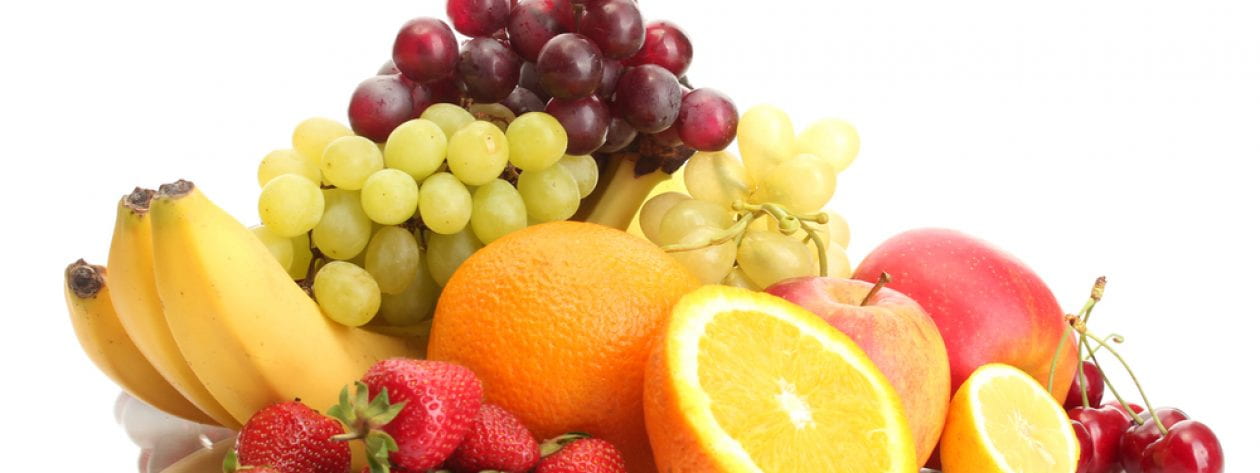 Olive oil has become one of the most popular and prized cooking oils in the US because of its flavor as well as its health benefits. Although it feels like olive oil has only been on the market for few years, people have making and using this oil for thousands of years.
Olive oil has become one of the most popular and prized cooking oils in the US because of its flavor as well as its health benefits. Although it feels like olive oil has only been on the market for few years, people have making and using this oil for thousands of years.
How it’s made?
Olive oil comes from the fruit of olive trees. The olives are picked, washed to remove any debris or contaminants, and then sent through a milling process, where they are mashed into pulp and the pits are removed. The pulp then goes through a process called maceration, where it’s slowly mixed together to form a paste. The paste is then put through a hydraulic press, which helps extract the oil. The final step is to pass the extracted oil through a centrifuge, which separates any excess water, resulting in pure olive oil. Check out this video to view the full process!
If the production process stops at this step, the oil is considered unrefined and not chemically treated. At this point, the oil can be labeled as ‘Virgin’. If the oil contains no taste defects and passes a specific test related to its chemistry, it can be further labeled as ‘Extra Virgin’ olive oil (EVOO). Only a small amount of oil is unrefined and ends at the extraction step. Most oils go through the refining process and are chemically treated to neutralize the flavor. Refined oils are typically labeled as ‘Pure,’ ‘Light,’ or just ‘Olive Oil.’
Pressing ‘Virgin’ and ‘Extra Virgin’ oil is a difficult task for farmers. The olives must be high quality and the yield is very low. The difficulty doesn’t stop farmers anywhere. They know that unrefined oils are superior in taste and contain polyphenols, antioxidant compounds that are lost during the refining process.
Why do we Love it?
We love olive oil for many reasons! Olive oil is great for sauteing and cooking at lower temperatures. It is also an excellent addition to dressing and sauces. It can even be used in some cake recipes. The oil can enhance flavors turning an average dish into a master piece.
The other great part of olive oil is its many health benefits. Olive oil is a monounsaturated fat. Studies show that consuming foods rich in monounsaturated fats may help improve blood cholesterol levels and reduce the risk for heart disease.* Olive oil is also a source of Vitamin E, an antioxidant that can help prevent cell damage from free radicals. Some diseases that olive oil has been shown to help with are cancer, heart disease, osteoporosis, and even mental illnesses like depression. Despite all of its beneficial nutrients, olive oil is still very energy dense. One tablespoon has about 120 calories, so it is still important to be mindful of how much you are using.
What to Buy?
Picking out olive oil can be a difficult task. Unfortunately most olive oil labels cannot be trusted. The best way to pick out good olive oils is to learn the difference in taste and smell. Fresh EVOO will taste and smell like a green olive. If this characteristic is not present in the oil that indicates that it is either old or has been chemically processed.
There is also a very wide range in prices when it comes to olive oils. Typically the price does indicate how good the oil is. The high cost most likely means that the olive oil was made by hand on a smaller scale. Lucky for us college kids, this does not mean that you cannot purchase good olive oil at a lower cost. When picking out an oil look for a ‘harvest date’ within the year and make sure that the ‘best by’ date is at least one year away. It is also helpful to look for stickers indicating their place of origin. If you’re looking for high quality oils check out the winners of the New York International Olive Oil Competition.
The type of oil you purchase will also change depending on how you are going to use it. If you are planning on making salad dressing or whipping up a stir fry, look for virgin or extra virgin oil. On the other hand, if you are choosing to bake with it the olive flavor from the unrefined oils may be too strong and you will want to try a lighter more refined oil.
What’s it in?
Olive oil is a common ingredient used within many Penn State recipes, including the Homemade Tomato & Basil Sauce, Cous Cous with Roasted Vegetables & Chickpeas, and the Bruschetta Chicken Parmesan. You can also find olive oil readily available at the salad bar to add into any dish you like. If you aren’t familiar with olive oil, try putting some on a plate and dipping your bread in it or mix it in with your pasta.
Whether your living on or off campus adding olive oil to your diet is a deliciously easy thing to do.
*Limited and not conclusive scientific evidence suggests that eating about 2 tablespoons (23 grams) of olive oil daily may reduce the risk of coronary heart disease due to the monounsaturated fat in olive oil. To achieve this possible benefit, olive oil is to replace a similar amount of saturated fat and not increase the total number of calories you eat in a day.
Resources:
“All About Olive Oil.” Olive Oil Times. N.p., n.d. Web. 02 July 2015. <http://www.oliveoiltimes.com/olive-oil>.
Photo adapted from U.S. Department of Agriculture
Photo adapted from Stew Dean
Photo adapted from karendotcom127
Photo adapted from catalina woken
